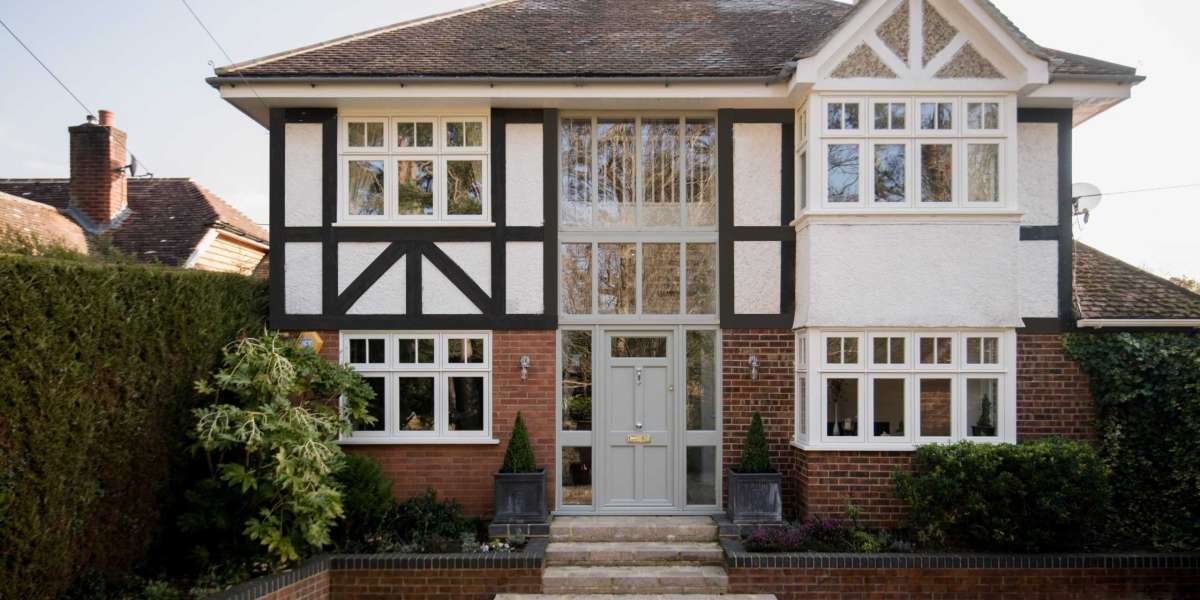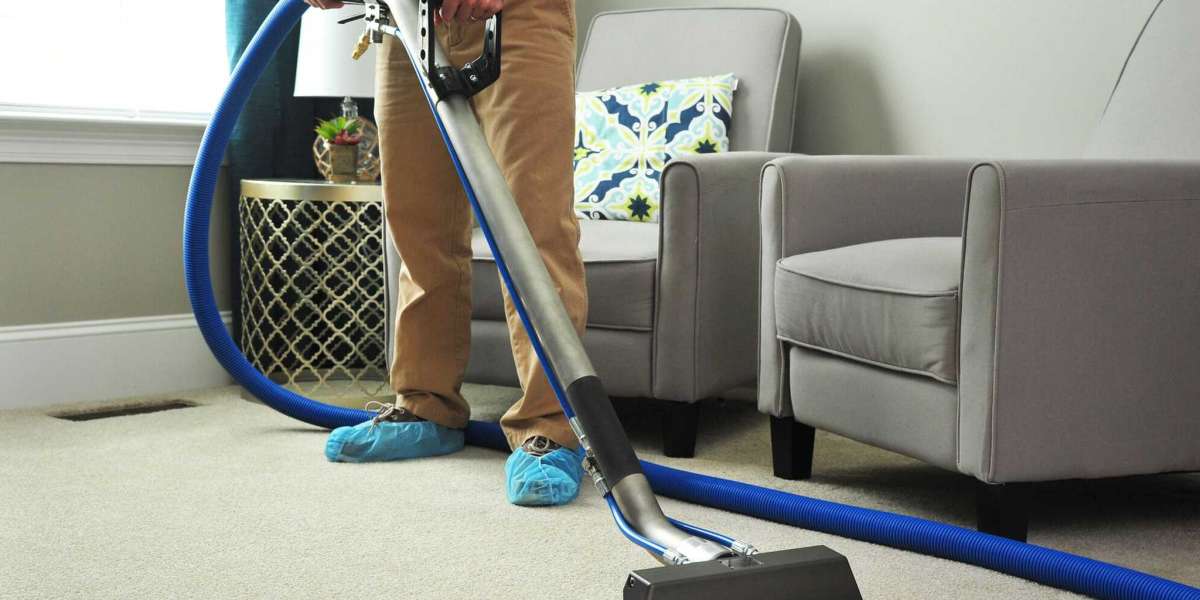Double glazing has long been heralded as an effective solution for improving energy efficiency and comfort in homes. However, recent advancements in technology have taken double glazing to new heights, offering homeowners not just improved thermal performance, but also enhanced aesthetics, noise reduction, and even smart features. This article explores the latest innovations in double glazing, showcasing how they are shaping the future of home insulation and energy efficiency.
Understanding Double Glazing
Before delving into the advancements, it is essential to understand the fundamental concept of double glazing. Double glazing consists of two panes of glass separated by a space filled with air or gas, which serves as an insulator. This construction helps in reducing heat transfer, keeping homes warmer in winter and cooler in summer. The air or gas layer also acts as a barrier to sound, making homes quieter.
Advanced Glazing Materials
One of the most significant advancements in double glazing technology is the development of advanced glazing materials. Traditionally, double-glazed windows have used standard float glass. However, manufacturers are now utilizing low-emissivity (Low-E) glass, which is coated with a thin layer of metal oxide. This coating reflects heat back into the room during winter while allowing natural light to enter, thereby enhancing energy efficiency.
Moreover, the introduction of triple glazing—where three panes of glass are used—has gained popularity in colder climates. This additional layer provides even better insulation, reducing energy costs and improving comfort levels in homes.
Gas Fill Enhancements
The space between the panes of glass in double glazing is typically filled with argon or krypton gas, both of which are denser than air and provide superior insulation. Recent advancements have seen the development of gas fills with improved thermal performance. For instance, some manufacturers are now using a combination of gases to optimize insulation properties. By carefully selecting the right gas blend, these innovations can significantly enhance the thermal performance of double-glazed windows.
Acoustic Performance Improvements
Noise pollution is a growing concern in urban areas, and double glazing has always been a solution for sound attenuation. However, recent advancements have led to the creation of acoustic double glazing, which is specifically designed to reduce noise transmission. This type of glazing incorporates thicker glass panes and specialized interlayers that absorb sound waves, making it ideal for homes located near busy roads or airports. The result is a quieter living environment, allowing homeowners to enjoy peace and tranquility.
Smart Glazing Technology
Incorporating technology into double glazing has opened up a world of possibilities. Smart glazing systems can adjust their properties based on environmental conditions. For example, electrochromic glass can change its tint in response to sunlight, reducing glare and heat gain while maintaining natural light. This technology not only enhances comfort but also contributes to energy savings by reducing the need for air conditioning.
Additionally, some smart glazing systems can be integrated with home automation systems, allowing homeowners to control their windows using smartphones or voice commands. This level of control ensures that homes remain comfortable throughout the day, adapting to changing weather conditions.
Enhanced Security Features
Security is a top priority for homeowners, and double glazing has evolved to address this concern. Modern double-glazed windows are designed with improved locking mechanisms and reinforced frames, making them more resistant to break-ins. Furthermore, laminated glass, which consists of two or more layers of glass bonded together with a plastic interlayer, is increasingly being used in double glazing. This type of glass not only provides enhanced security but also offers better sound insulation and UV protection.
Environmental Considerations
As sustainability becomes a pressing global issue, the double glazing industry is also making strides toward eco-friendliness. Many manufacturers are now focusing on producing energy-efficient windows that meet stringent environmental standards. This includes using recyclable materials in window frames and ensuring that the manufacturing processes have a minimal carbon footprint.
Moreover, advancements in double glazing technology have led to the creation of windows that can contribute to LEED (Leadership in Energy and Environmental Design) certification. Homeowners who invest in energy-efficient double glazing can not only reduce their energy bills but also increase the value of their properties by making them more appealing to environmentally conscious buyers.
Installation Innovations
The installation process of double glazing has also seen improvements. Traditional double-glazed windows required extensive labor and time for installation. However, new installation techniques and products, such as pre-fabricated window units, have streamlined the process. These innovations allow for quicker and more efficient installations, reducing disruption for homeowners and minimizing labor costs.
Cost Considerations
While the advancements in double glazing technology offer numerous benefits, it is essential to consider the cost implications. Initially, high-performance double glazing may come with a higher price tag compared to standard options. However, the long-term savings on energy bills and the increased comfort level often outweigh the initial investment. Additionally, many governments and local authorities offer incentives and rebates for homeowners who upgrade to energy-efficient windows, making the transition more financially viable.
Conclusion
The advancements in double glazing technology are revolutionizing the way homeowners approach energy efficiency, comfort, and security. From improved thermal performance and enhanced acoustic properties to smart glazing systems and eco-friendly materials, the options available today are more sophisticated than ever before. As technology continues to evolve, homeowners can expect even more innovations that will further enhance the benefits of double glazing. Investing in modern double glazing not only improves the comfort and aesthetic appeal of a home but also contributes to a more sustainable future. With these advancements, double glazing is set to remain a cornerstone of energy-efficient home design for years to come.








